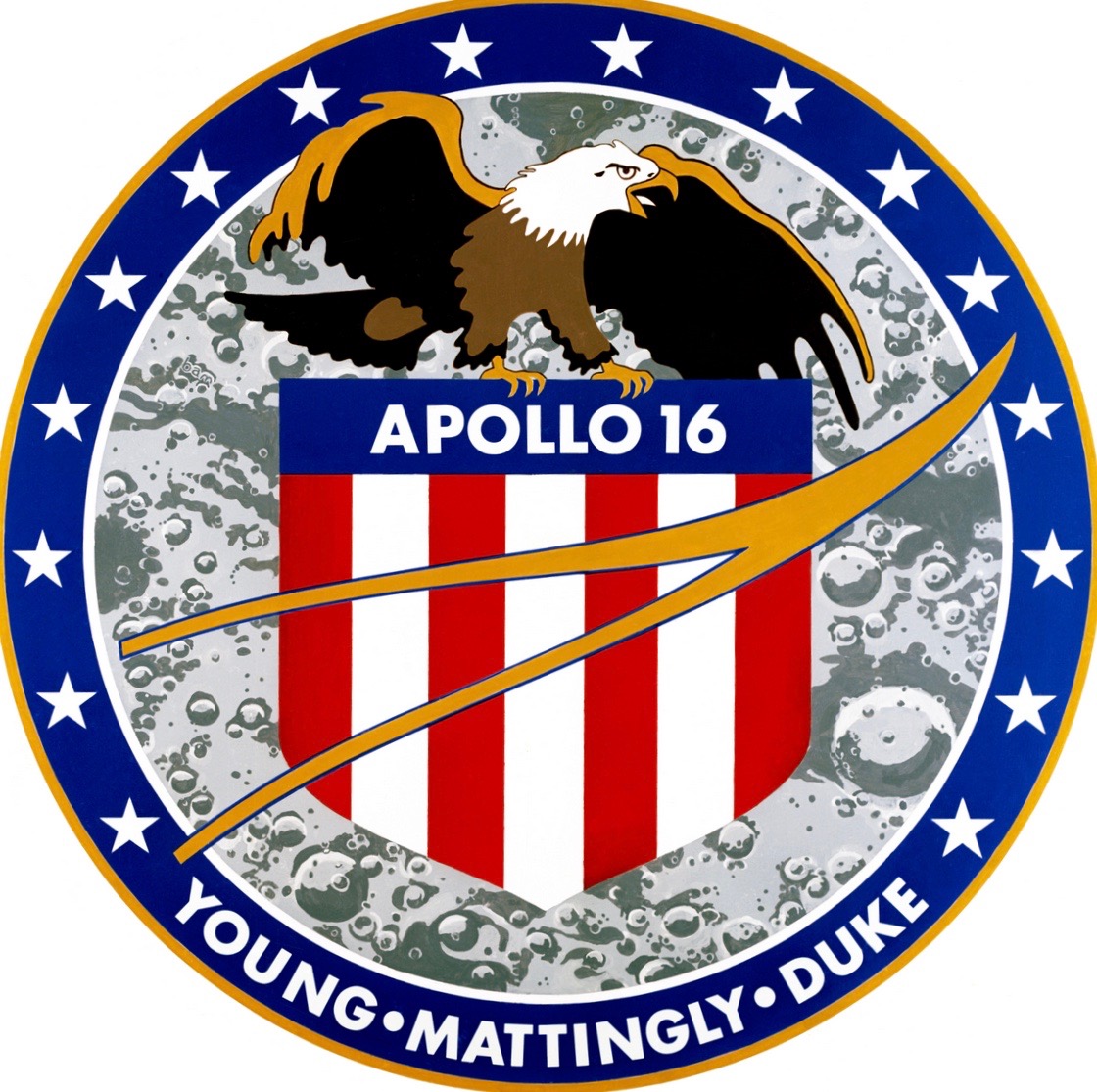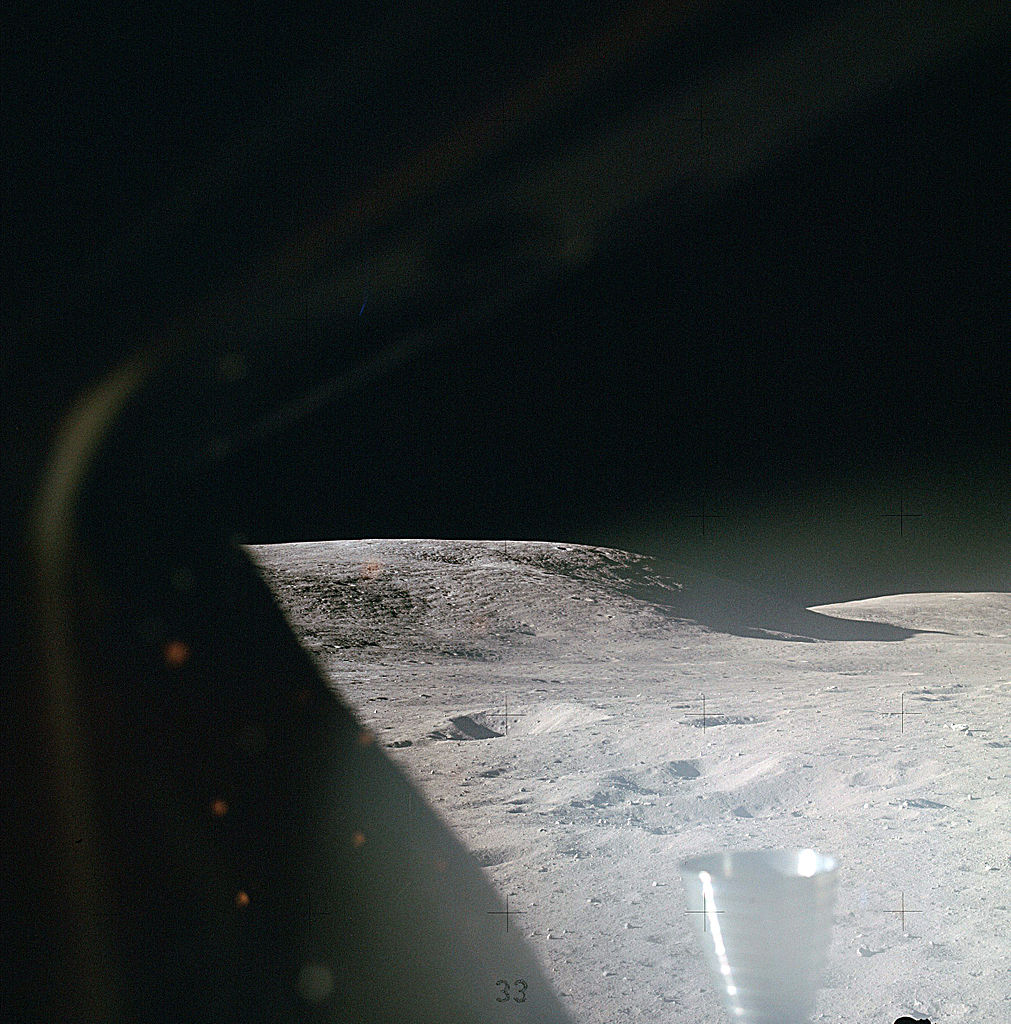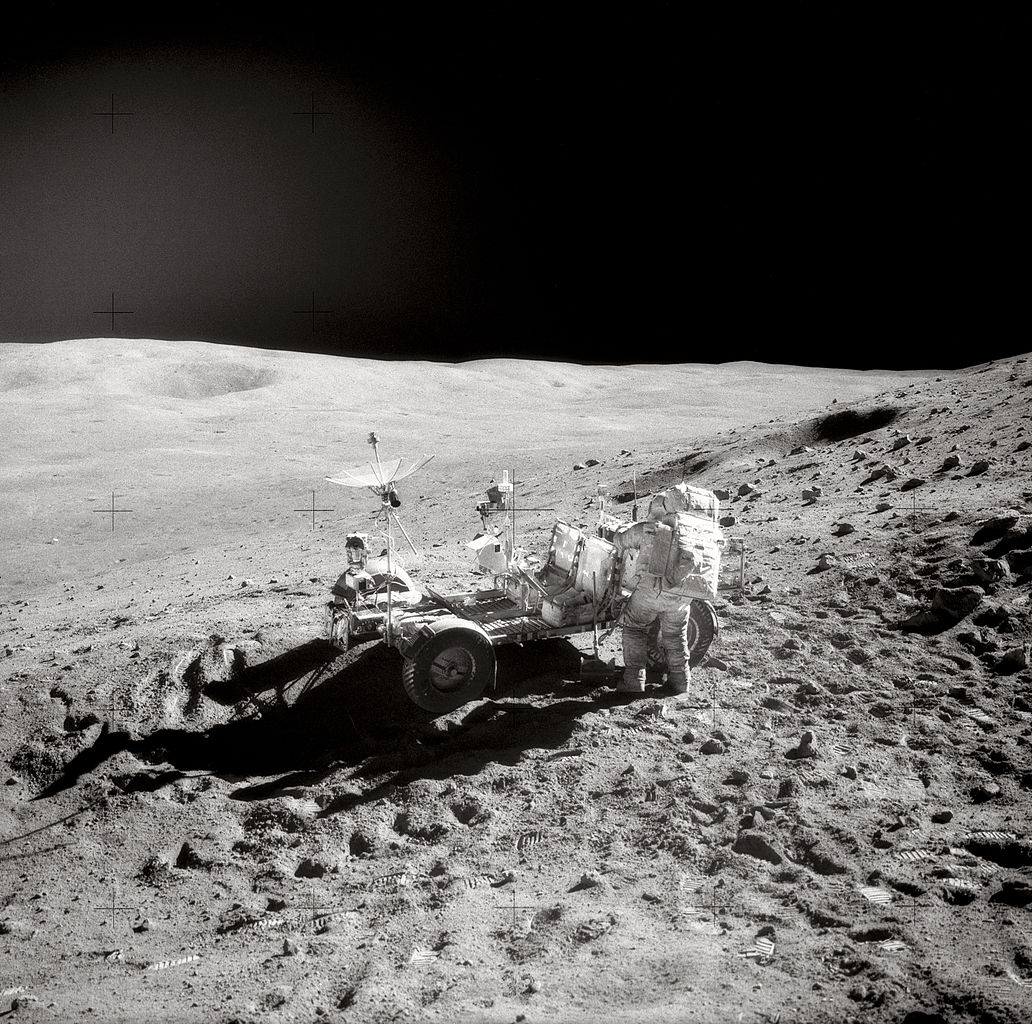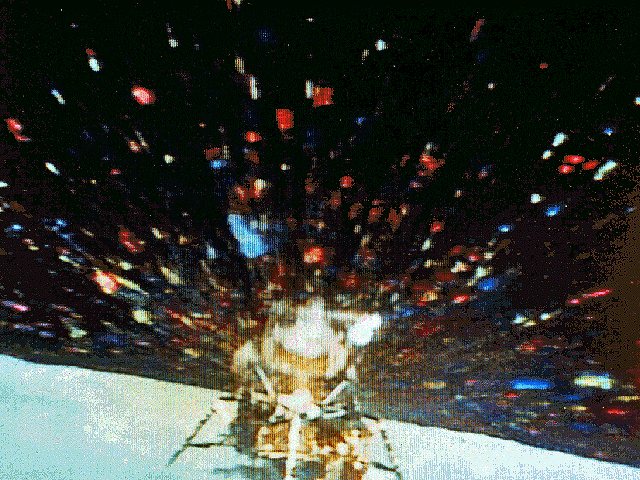
 21 April 1972, 02:23:35 UTC: Lunar Module Orion (LM-11) touched down on the surface of the Moon at the Descartes Highlands. On board were the Mission Commander, Captain John Watts Young, United States Navy, and Lunar Module Pilot Lieutenant Colonel Charles M. Duke, Jr., United States Air Force. They were the ninth and tenth humans to stand on the Moon.
21 April 1972, 02:23:35 UTC: Lunar Module Orion (LM-11) touched down on the surface of the Moon at the Descartes Highlands. On board were the Mission Commander, Captain John Watts Young, United States Navy, and Lunar Module Pilot Lieutenant Colonel Charles M. Duke, Jr., United States Air Force. They were the ninth and tenth humans to stand on the Moon.
Technical problems delayed Orion‘s descent for three orbits. Lieutenant Commander Thomas K. (Ken) Mattingly II, U.S.N., the Command Module Pilot, remained in lunar orbit aboard Casper (CSM-113).
As they neared the surface they started to see dust blowing at about 80 feet (24 meters). The lunar module hovered briefly before continued downward.
104:29:22 Duke: Okay, 2 down. Stand by for contact. Come on, let her down. You leveled off. (Pause) Let her on down. Okay, 7. . . 6 percent [fuel remaining]. Plenty fat.
104:29:36 Duke: Contact! Stop. (Pause while they drop to the surface) Boom.
During a debriefing, John Young said,
“When we got the Contact light, I counted ‘one-potato’ and shut the engine down. The thing fell out of the sky the last three feet. I know it did. I don’t know how much we were coming down, maybe a foot a second.” ¹

Young and Duke remained on the surface for 2 days, 23 hours, 2 minutes, 12 seconds. ² During that time, they performed three EVAs totaling 20 hours, 14 minutes, 14 seconds. ³ They drove their Lunar Roving Vehicle 16.6 miles (26.7 kilometers).

A remote television camera was placed on the surface and captured color images of the Lunar Module Ascent Stage departing the Moon for lunar orbit at 01:25:47 UTC, 24 April 1972. ⁴

¹ FAI Record File Number 2301. Greatest Mass Landed on a Celestial Body: 8 257,6 kilograms (18,204.9 pounds)
² FAI Record File Number 2303. Duration of Stay on the Surface of a Celestial Body: 71 hours, 02 minutes, 13 seconds
³ FAI Record File Number 17099: Duration Extravehicular Stay on the Surface of Moon or Planet: 39 hours, 47 minutes, 3 seconds [TDiA note: EVA 1, 118:53:38—126:04:40, 7 hours, 11 minutes, 2 seconds. EVA 2, 142:39:35—150:02:44, 7 hours, 23 minutes, 9 seconds. EVA 3, 165:31:28—171:11:31, 5 hours, 40 minutes, 3 seconds. Total of EVAs 1, 2 and 3: 20 hours, 14 minutes, 14 seconds.]
⁴ FAI Record File Number 17098: Greatest Mass Lifted to Lunar or Planetary Orbit from the Lunar or Planetary Surface: 4 965,5 kilograms (10,947.05 pounds)
© 2019, Bryan R. Swopes